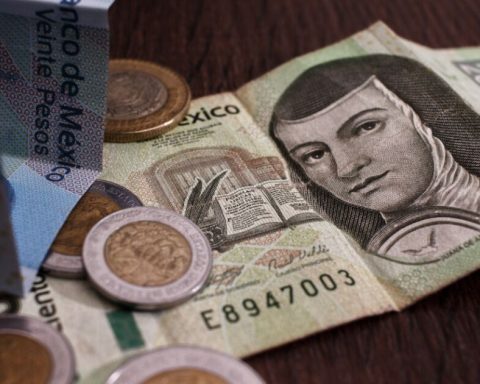At least one person has died and numerous historic buildings have been damaged after the 7.1-magnitude earthquake that shook the northwest of the island of Luzon, in the north of the Philippines, on Tuesday.
The emergency service confirmed to the media the death of a person as a result of the collapse of a building in the Benguet province caused by the earthquake.
Meanwhile, the deputy governor of the province of Abra, where several houses and buildings have been destroyed by the earthquake, pointed out that at the moment there are no fatalities in his region, the ABS-CBN channel publishes.
The United States Geological Survey (USGS), which records seismic activity throughout the world, placed the earthquake at a depth of 10 kilometers and about 12 kilometers east of the town of Dolores, with about 32,500 inhabitants.
The shock, recorded at 8:43 local time (00:43 GMT), was felt in the capital, where it surprised residents who had to evacuate some buildings as a precaution.
In the city of Vigan, located about 400 kilometers north of Manila and about 45 kilometers from the epicenter of the earthquake, the cathedral, which dates from the 16th century, from the Spanish colonial era, has suffered “significant damage” to its facade, confirmed a Eph the local emergency service.
In the same city, recognized as a World Heritage Site by UNESCO and the best preserved Spanish colonial city in the Philippines, other historic buildings and architectural ensembles suffer significant damage after the strong tremor and subsequent aftershocks.
In videos published on social networks, stones and rubble can also be seen falling from the Bantay watchtower, in the province of Ilocos Sur, built by the Spanish in 1590 to watch for pirates and invaders.
The Laoag Bell Tower, built by the Augustinians in 1612 in this city in the province of Ilocos Norte, has been destroyed by the earthquake, Senator Imee Marcos said in a message to local media.
















